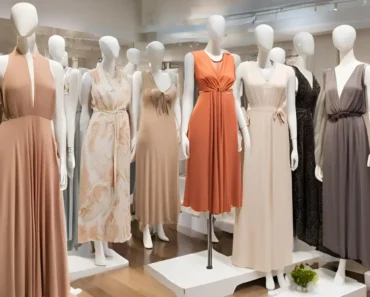Visiting a nail salon promises relaxation and beautiful results. However, understanding certain aspects of the industry can empower you to make safer, more informed choices. This guide reveals 24 things your Nail Salon Doesn’t Want You to Know, focusing on hygiene, product quality, and consumer rights for a better experience.
Understanding Your Nail Salon Experience
Many people view nail salons as places for pampering. They expect clean environments and expert services. While many salons maintain high standards, some practices might compromise your health or the quality of your nail care. Recognizing these potential issues allows you to become a more discerning client. This knowledge helps you identify a safe, professional establishment.
Your safety and nail health matter. You pay for a service. You deserve quality and proper hygiene. You do not always receive full transparency about procedures or products. This lack of information is something your Nail Salon Doesn’t Want You to Know. Empower yourself by learning what to look for and what questions to ask. This approach ensures you receive the best possible care during your visit.
Knowing these details helps you avoid common pitfalls. It allows you to advocate for yourself. You can then enjoy your nail services with peace of mind. Prioritize your well-being with every salon visit.
24 Things Your Nail Salon Doesn’t Want You to Know
Awareness leads to better choices. These points shed light on common practices and issues within the nail salon industry. Understanding them helps you protect your health and ensure quality service.
1. Cross-contamination is common:

Many salons reuse tools without proper sterilization. This includes nail files, buffers, and pumice stones. These items come into contact with multiple clients. Without strict disinfection protocols, germs transfer easily from one person to another. This leads to infections.
2. Unsterilized tools spread infections:
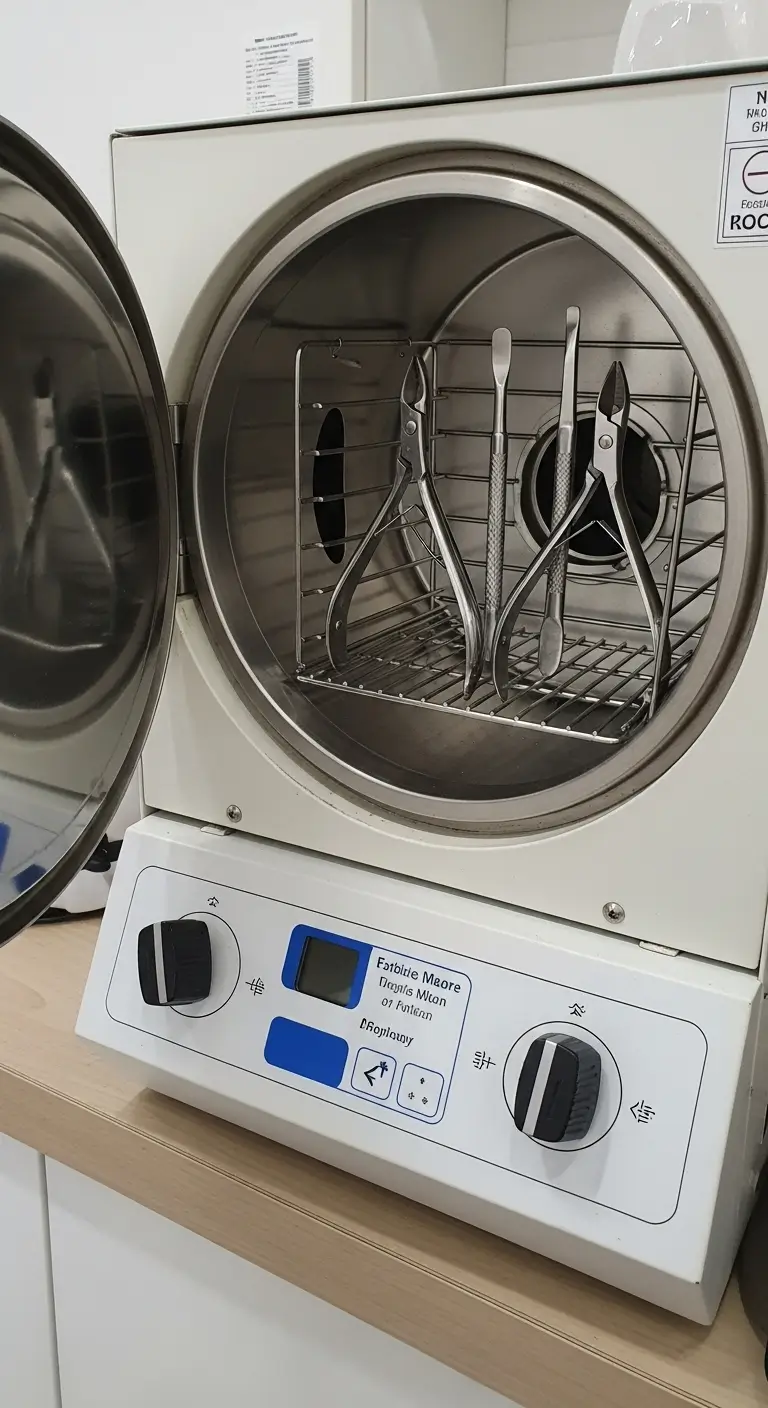
Metal tools like nippers and cuticle pushers require proper sterilization in an autoclave. This machine uses heat and pressure to kill bacteria, fungi, and viruses. If your salon just uses blue liquid, often Barbicide, it sanitizes, but it does not fully sterilize. This is a crucial detail your Nail Salon Doesn’t Want You to Know.
3. “Sterilized” often means just wiped down:

Some salons might claim tools are “sterilized” when they are only disinfected. Disinfection reduces germ counts. Sterilization eliminates nearly all forms of microbial life. Ask to see the autoclave or packaged, single-use tools. Trust your instincts if something feels off.
4. Foot baths hide bacteria:
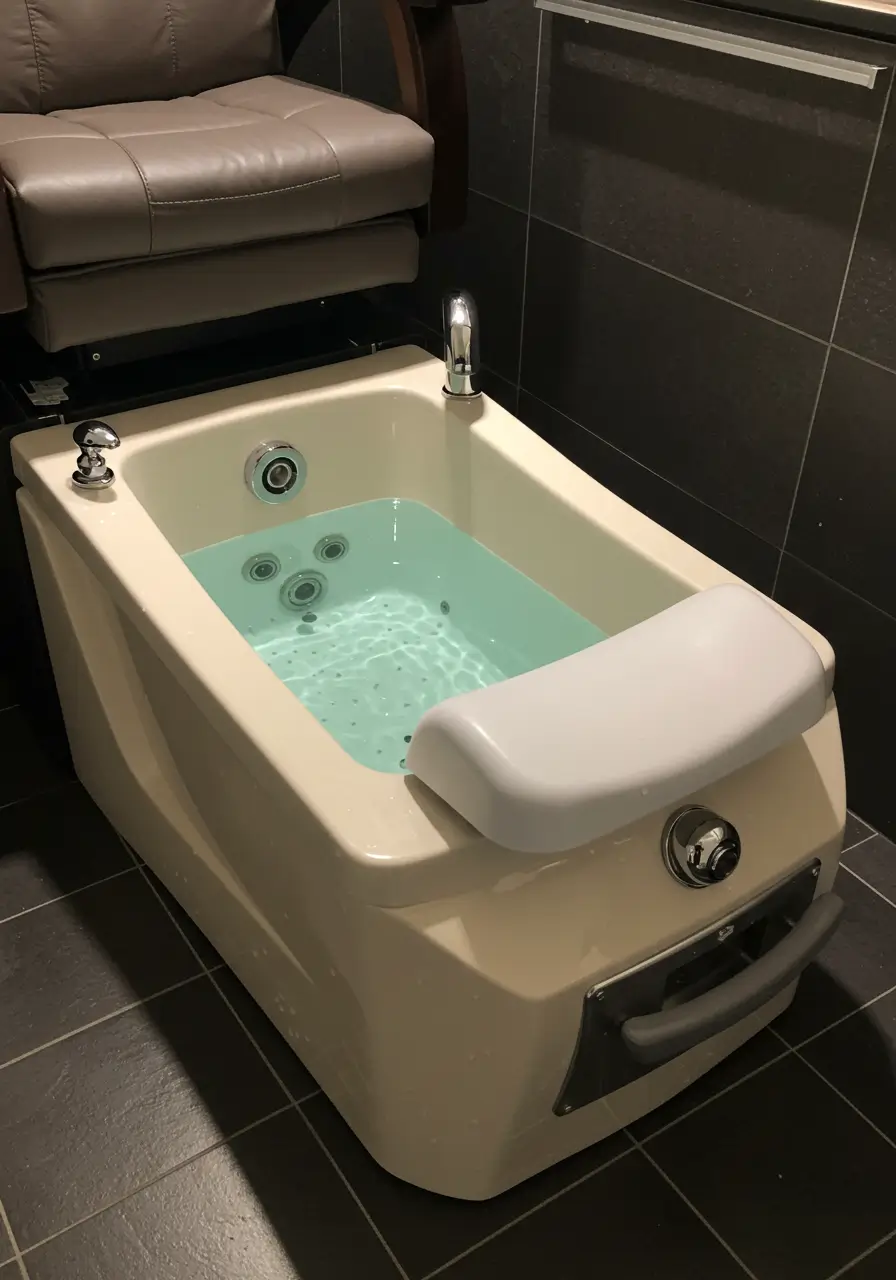
Whirlpool foot baths, if not cleaned properly between clients, become breeding grounds for bacteria and fungi. Biofilm forms in the jets. Even cleaning with bleach might not fully remove it. Look for pipeless pedicure chairs or tubs with disposable liners. This significantly reduces risk.
5. Cheap products cause damage:

Some salons use low-quality or diluted products to save money. These products contain harsh chemicals that weaken nails or cause allergic reactions. They also chip or peel faster. Demand quality brands or ask to see product labels.
6. Acrylics weaken natural nails:
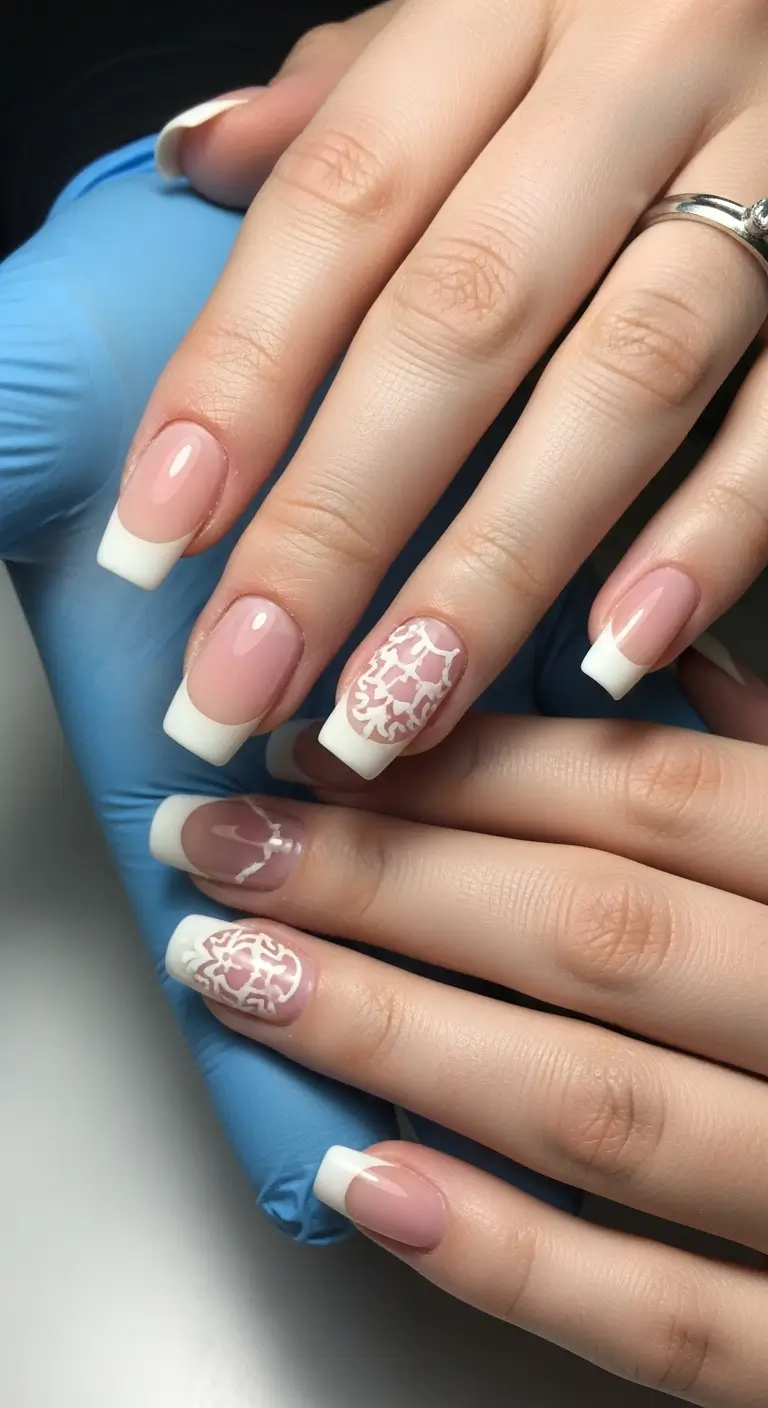
Improper acrylic application or removal causes significant damage. Over-filing the natural nail before application thins the nail plate. Incorrect removal rips layers of the nail. This leaves nails brittle and prone to breakage. Your Nail Salon Doesn’t Want You to Know how much damage poor application can cause.
7. Gel polish removal damages nails:

Picking or peeling off gel polish tears layers of the natural nail. Proper removal requires soaking the nails in acetone. Do not let technicians aggressively scrape or file off gel polish. This process protects your natural nail health.
8. UV lamps pose skin risks:
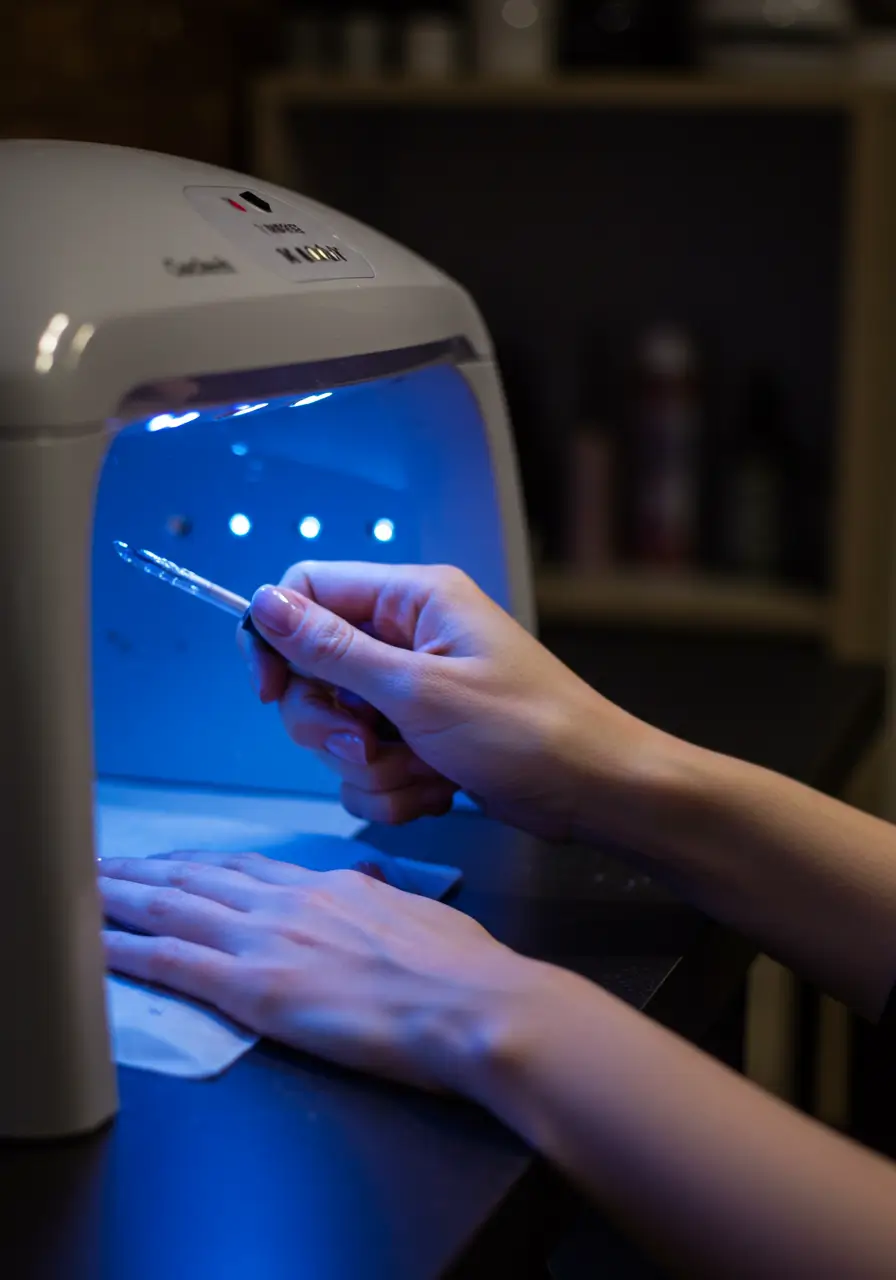
UV lamps, used to cure gel polish, emit UV radiation. This contributes to skin aging and increases skin cancer risk over time. While the exposure duration is short, consistent use adds up. Consider wearing fingerless UV protection gloves or using LED lamps, which emit a different light spectrum.
9. Ventilation is often insufficient:
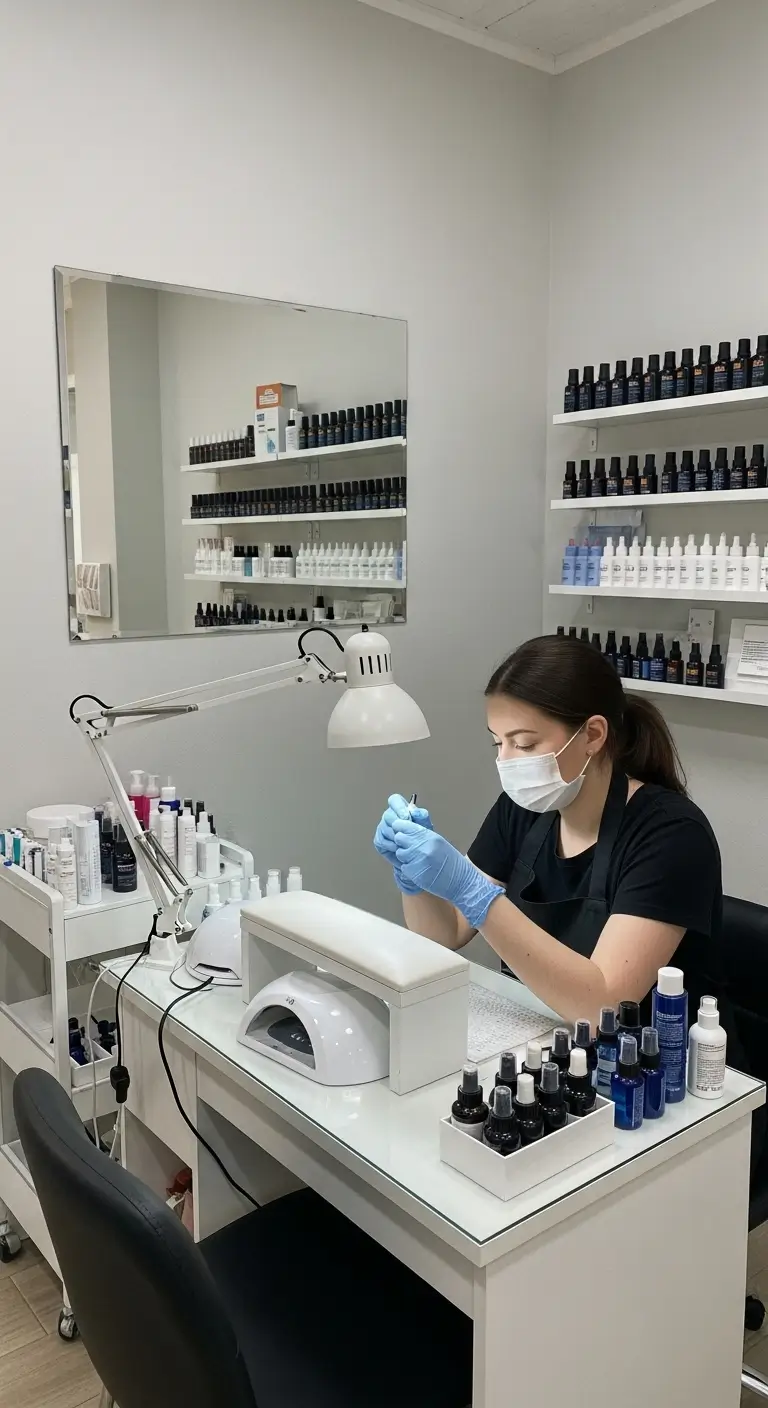
Nail salons use many chemical products. These release fumes into the air. Poor ventilation leads to inhalation of these chemicals. This can cause respiratory issues, headaches, or eye irritation for both clients and technicians. Look for salons with strong ventilation systems.
10. Technicians might lack proper training:

Not all nail technicians receive comprehensive training. Some learn techniques that compromise nail health or hygiene. Licensing requirements vary state by state. Inadequate training leads to improper application, removal, or sanitation practices. You might not receive the skilled service you expect.
11. They push expensive add-ons:
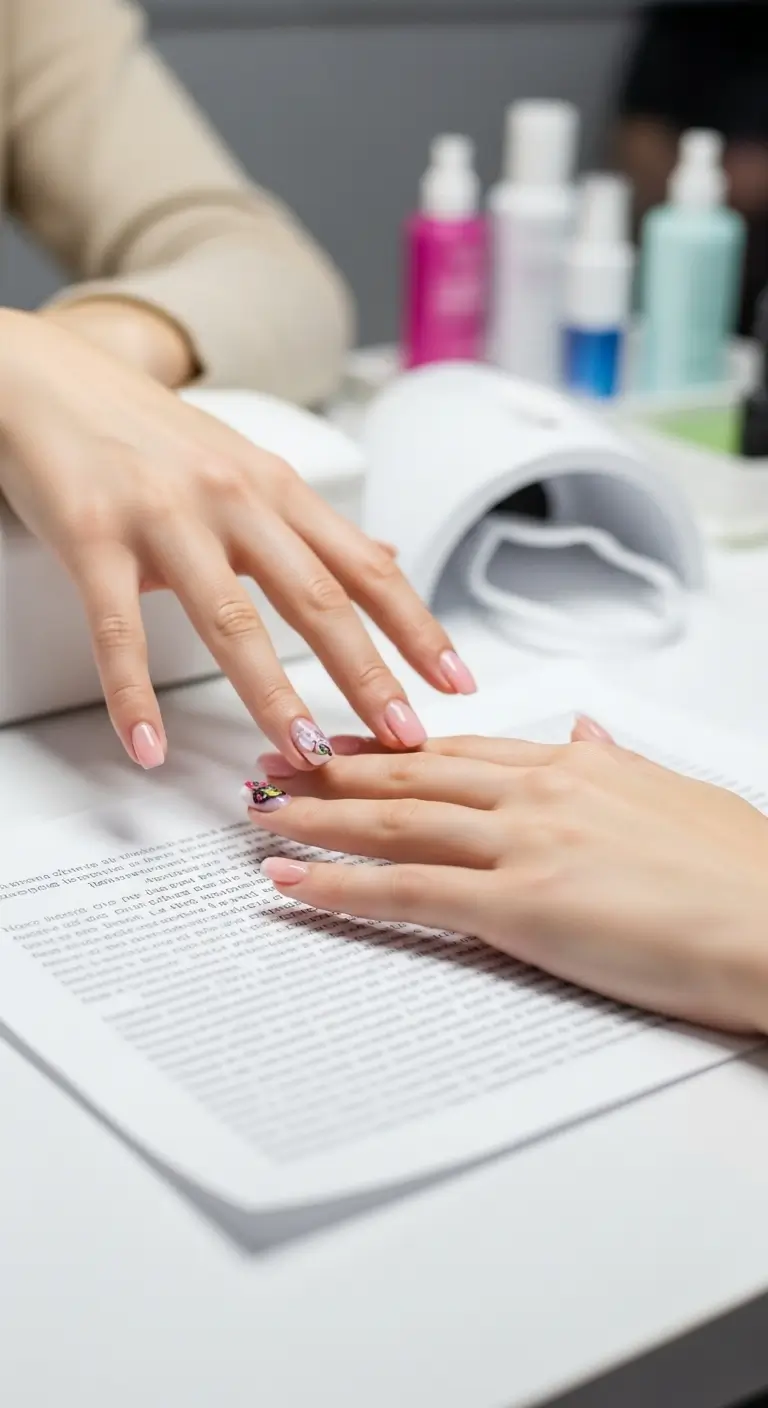
Salons often encourage clients to purchase additional services or upgrades. These might not always be necessary for your nail health or desired outcome. Understand the basic service components before agreeing to extra charges. This saves you money.
12. You can bring your own tools:
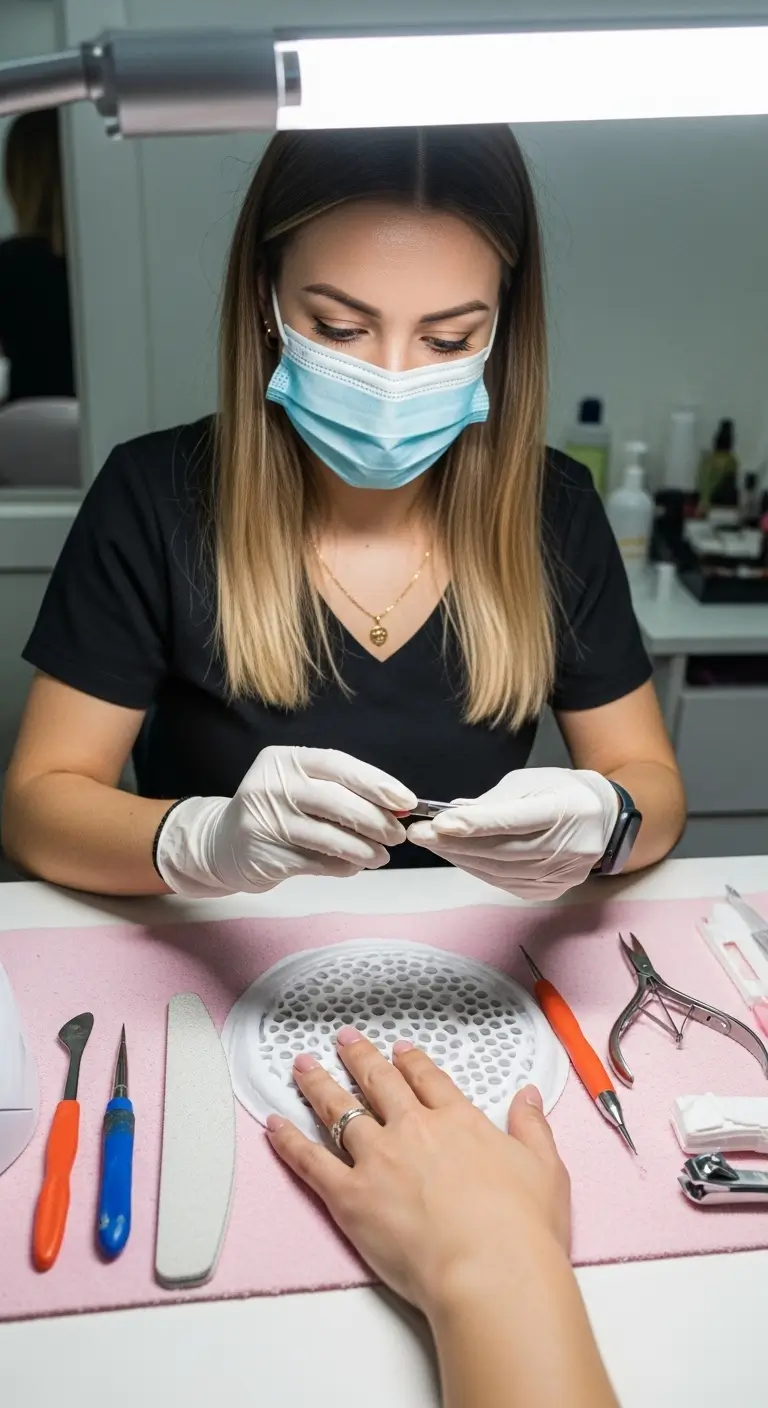
You possess the right to bring your own sterilized tools, including files, buffers, and clippers. This ensures you know the hygiene standards of the instruments used on your nails. Many clients do this to reduce the risk of infection. Your Nail Salon Doesn’t Want You to Know you have this option.
13. Licenses might be outdated or fake:

Every licensed nail salon and technician must display their current licenses. Check these documents. Ensure they are visible, current, and belong to the specific technician providing your service. Expired or missing licenses indicate a lack of proper regulation.
14. They reuse disposable items:
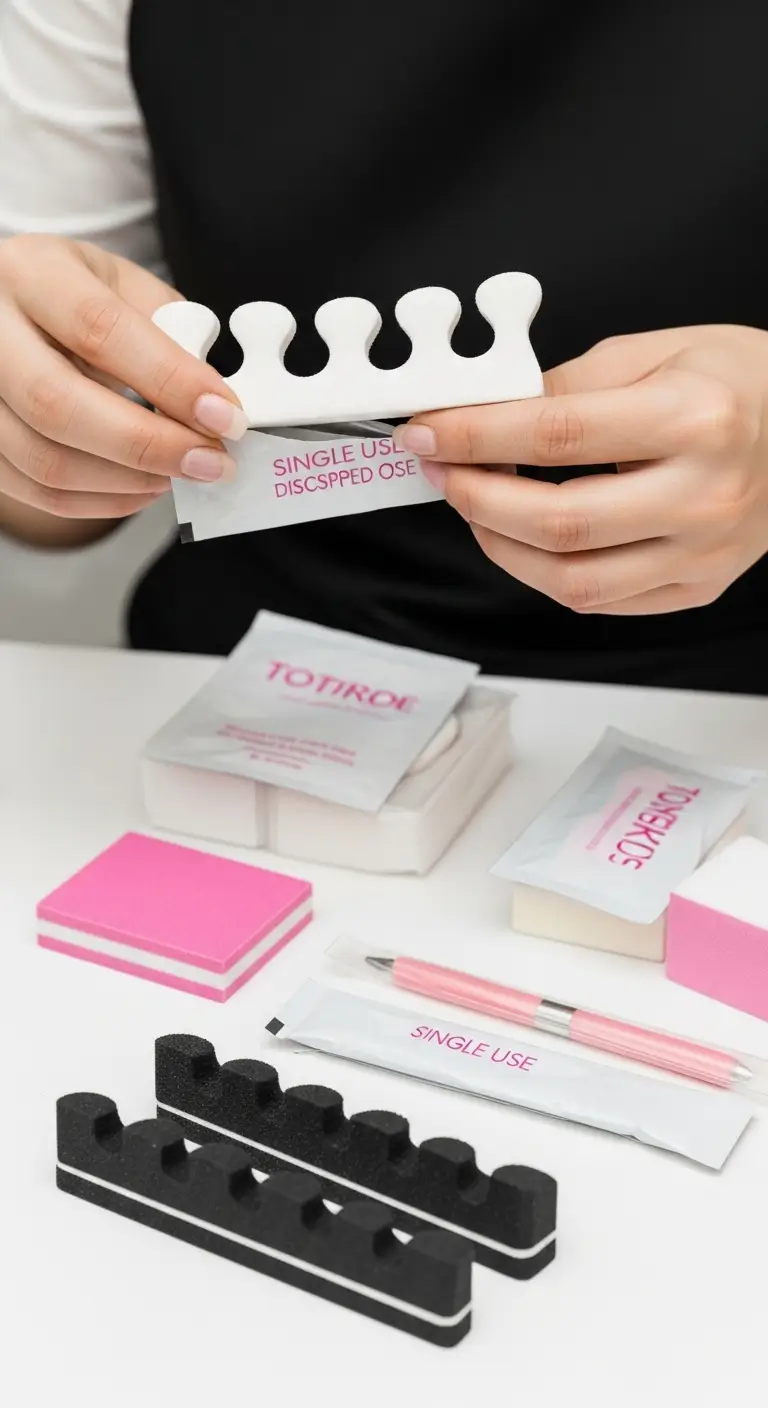
Items like toe separators, single-use buffers, and nail files should be discarded after one use. Some salons attempt to clean and reuse these. This practice directly leads to cross-contamination. Observe if technicians open new packets for each client.
15. Fungal infections are common:
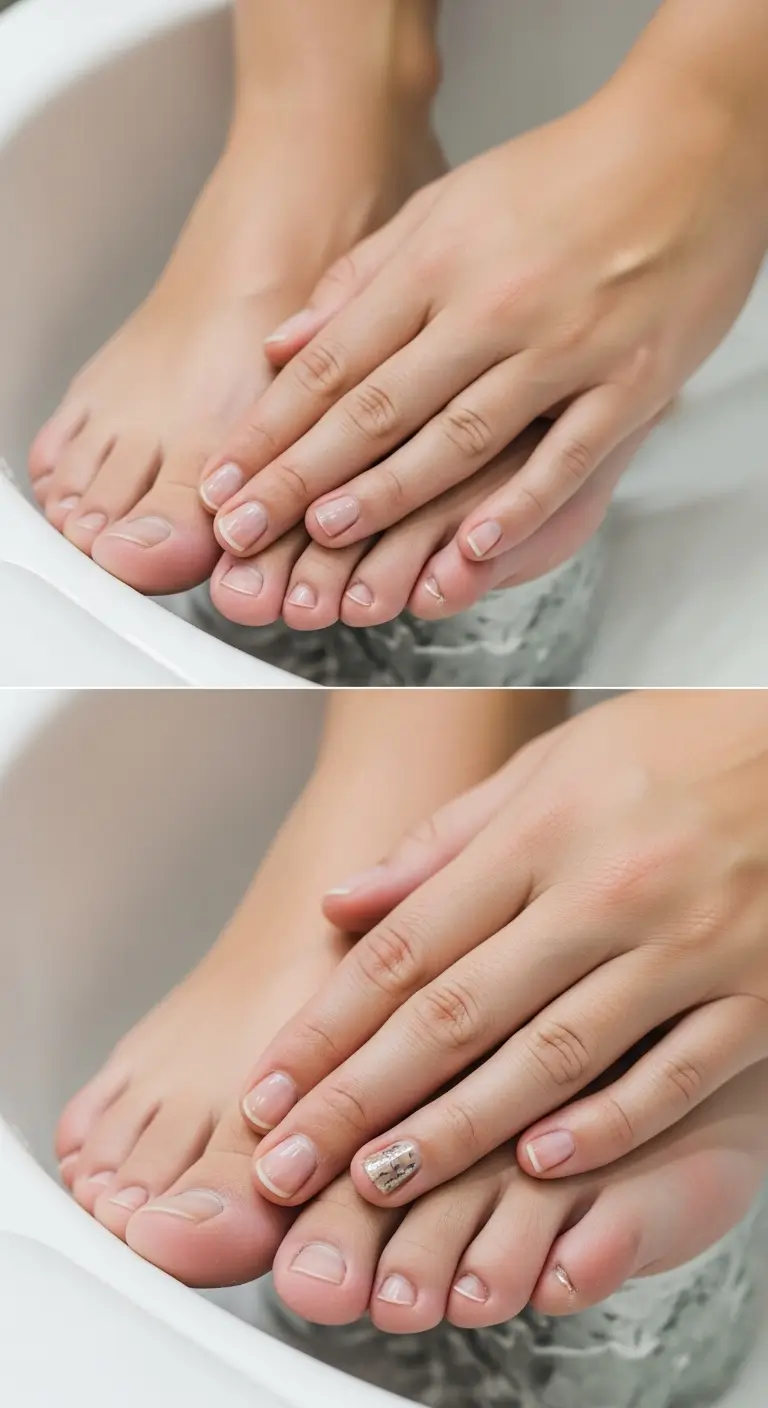
Nail salons are common sources of fungal infections. These often develop from improperly cleaned tools or foot baths. Look for signs like discolored, thickened, or brittle nails. Preventative measures include bringing your own tools and choosing salons with high hygiene standards.
16. Unsanitary waxing areas exist:
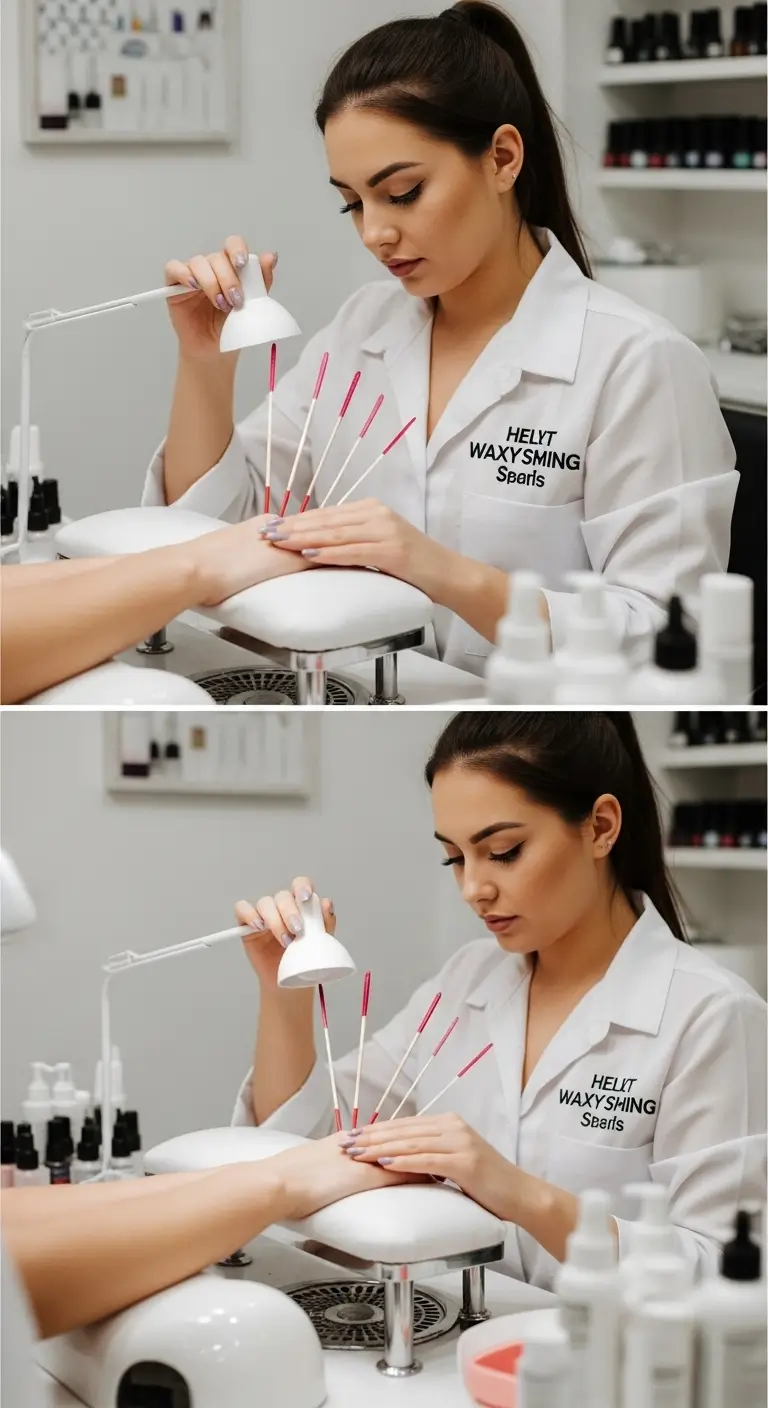
If your nail salon offers waxing, assess the hygiene practices for that service too. Reusing wax sticks or unsanitary conditions increase the risk of skin infections. Ensure they use fresh wax sticks for each dip and maintain cleanliness.
17. Poor posture causes back problems:

Technicians often work in awkward positions for extended periods. This leads to chronic back, neck, and shoulder problems. While this affects technicians, it reflects on overall working conditions. A salon that cares for its staff likely cares for its clients.
18. Skipping base coat saves them money:
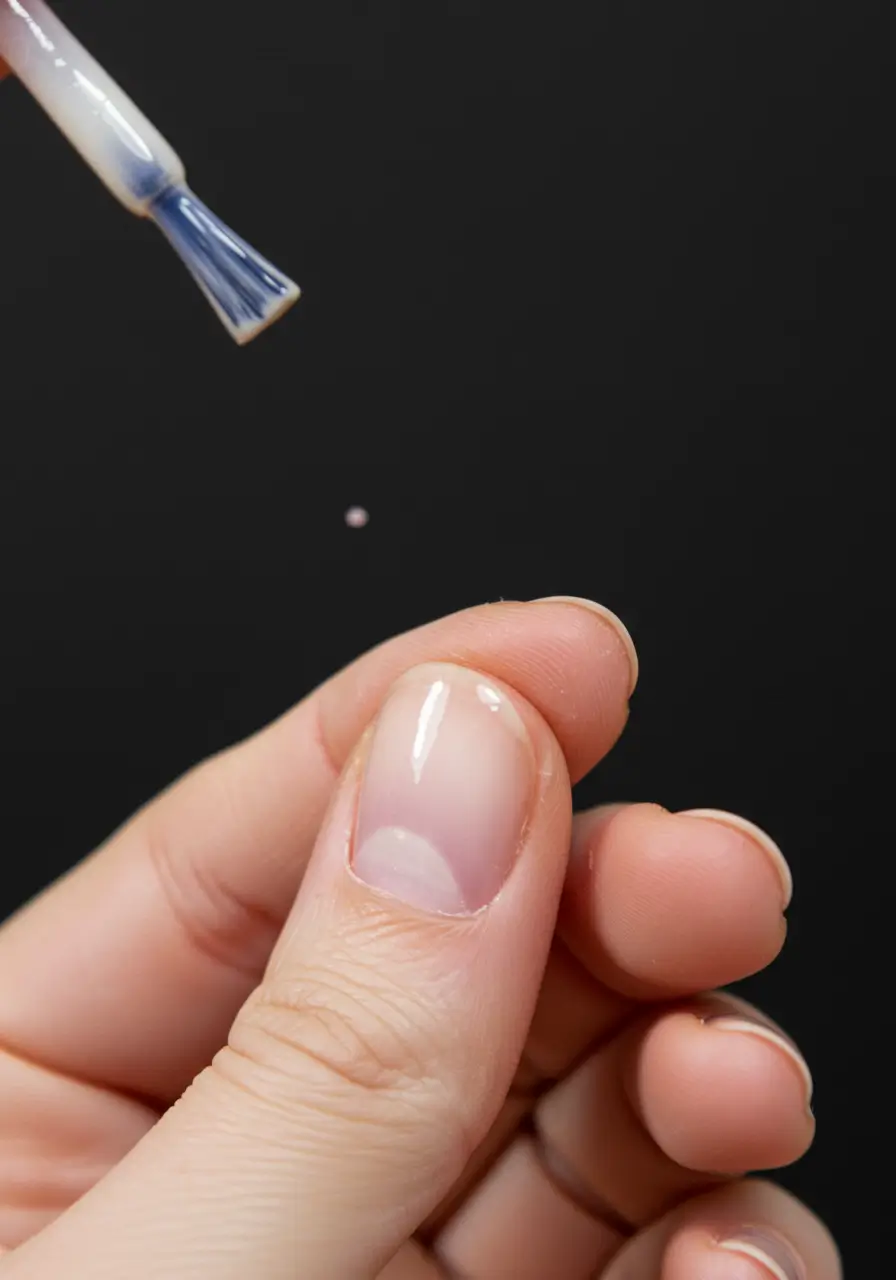
A base coat protects your natural nail from staining and helps polish adhere better. Some salons skip this step to save time or product. This results in chipped polish and stained nails. Always ensure a base coat is applied.
19. Filing back and forth damages nails:
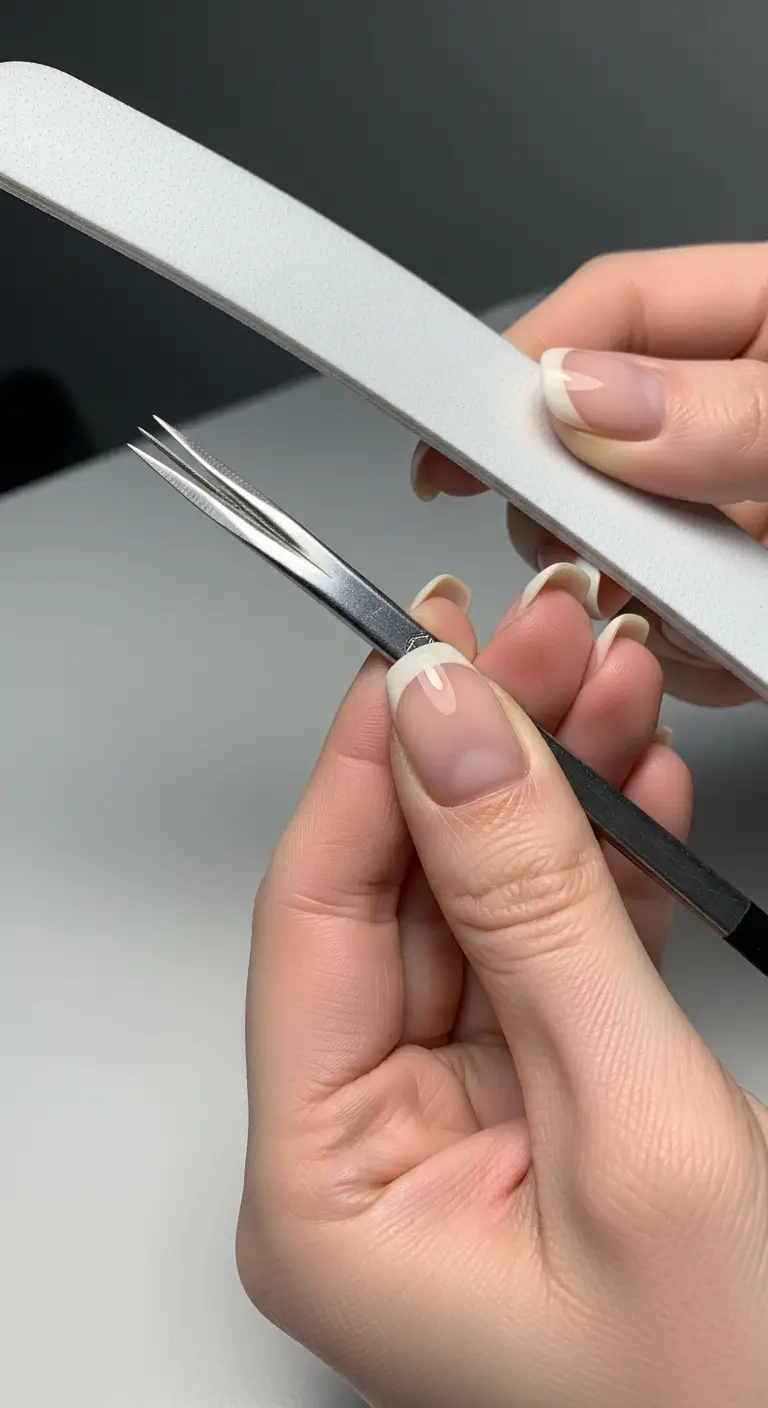
Filing nails in a back-and-forth “sawing” motion causes fraying and splitting of the nail layers. Proper technique involves filing in one direction only. Observe how your technician files your nails to ensure they use correct methods.
20. Not all polishes are created equal:
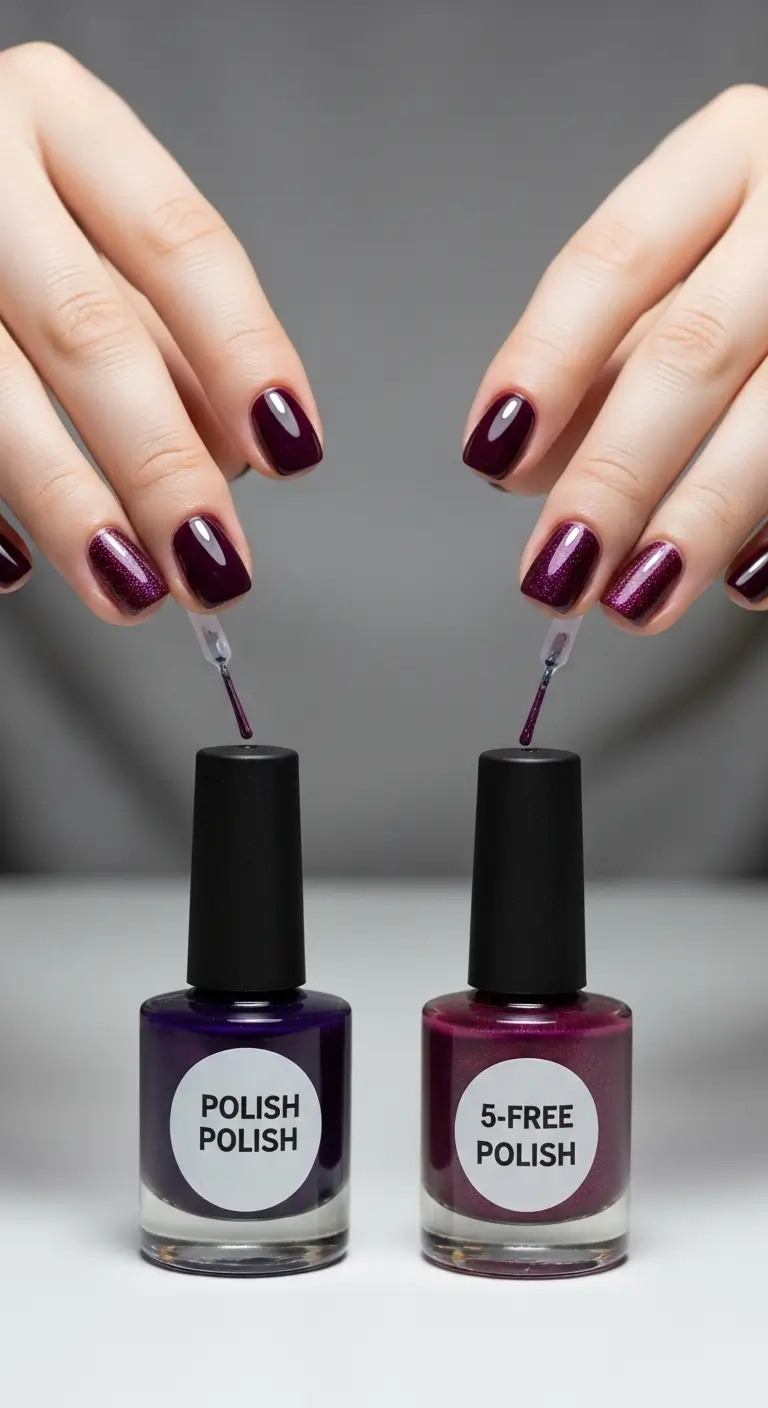
Polish quality varies significantly. Cheaper polishes chip faster, have poorer coverage, and might contain more harmful chemicals. Reputable salons invest in high-quality, “3-free,” “5-free,” or “7-free” polishes. These avoid common toxic ingredients.
21. Cheap drills damage nail beds:
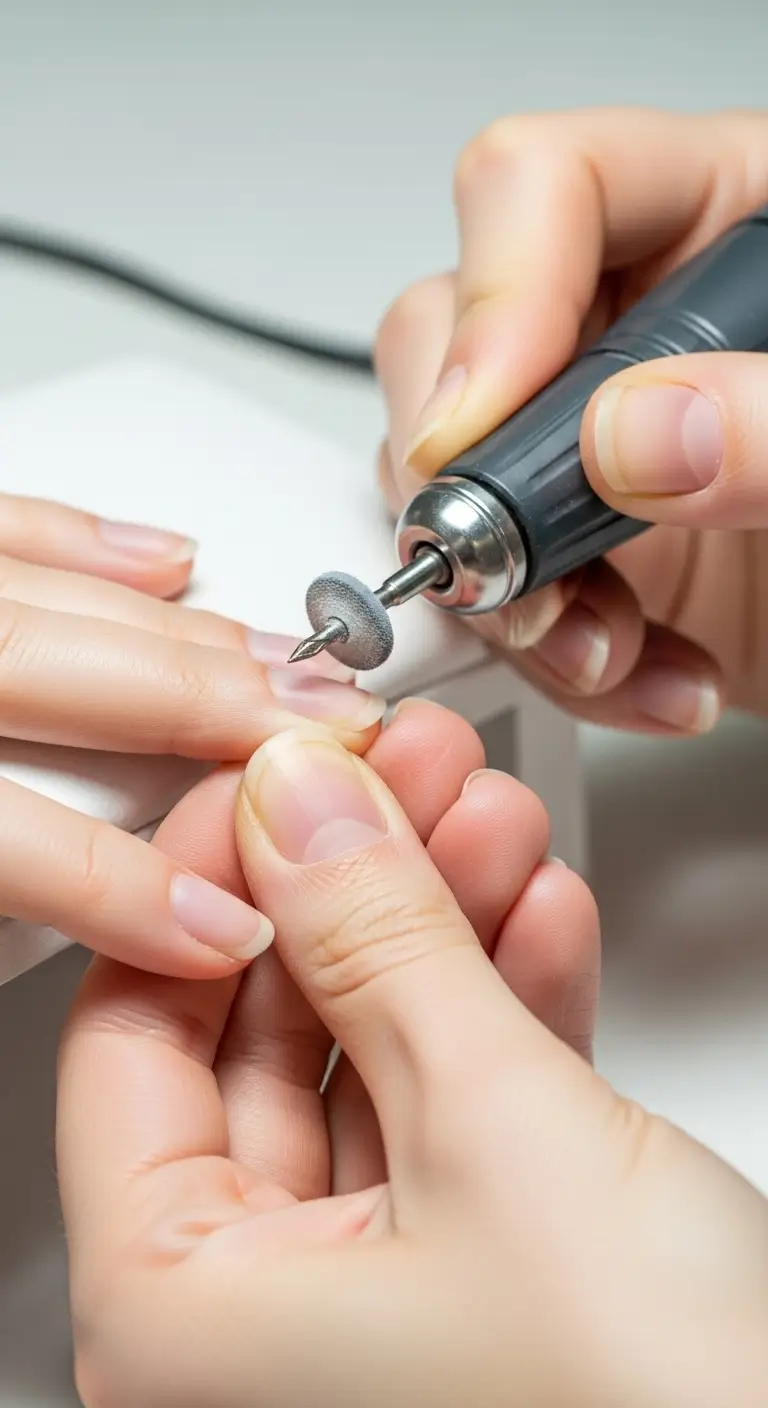
Electric nail drills, when used improperly or with incorrect bits, cause severe damage to the nail plate and surrounding skin. They can thin the nail, create “rings of fire,” or lead to painful injuries. Request hand filing if you feel uncomfortable with a drill’s use. Your Nail Salon Doesn’t Want You to Know about aggressive drilling.
22. You can refuse services:
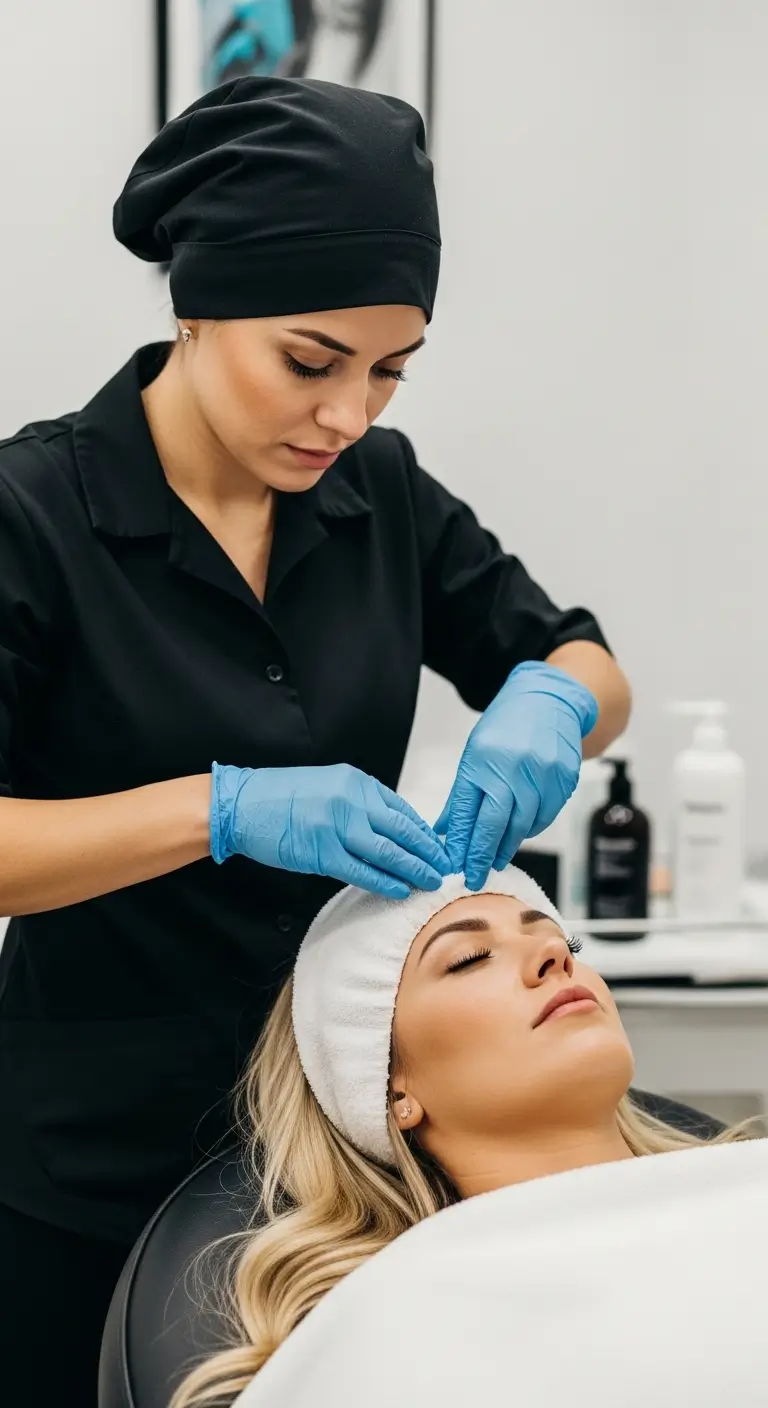
You have the right to refuse any service or practice that makes you uncomfortable. If you observe unsanitary conditions, aggressive techniques, or products you do not trust, speak up. You are the client. Your comfort and safety take precedence.
23. Over-filing gel causes thinning:

When removing gel polish, technicians should only file the top coat, breaking the seal. Over-filing into the gel or natural nail causes significant thinning and damage. This makes nails weak and prone to peeling. Ensure your technician uses a gentle touch during removal.
24. Your nail health matters most:
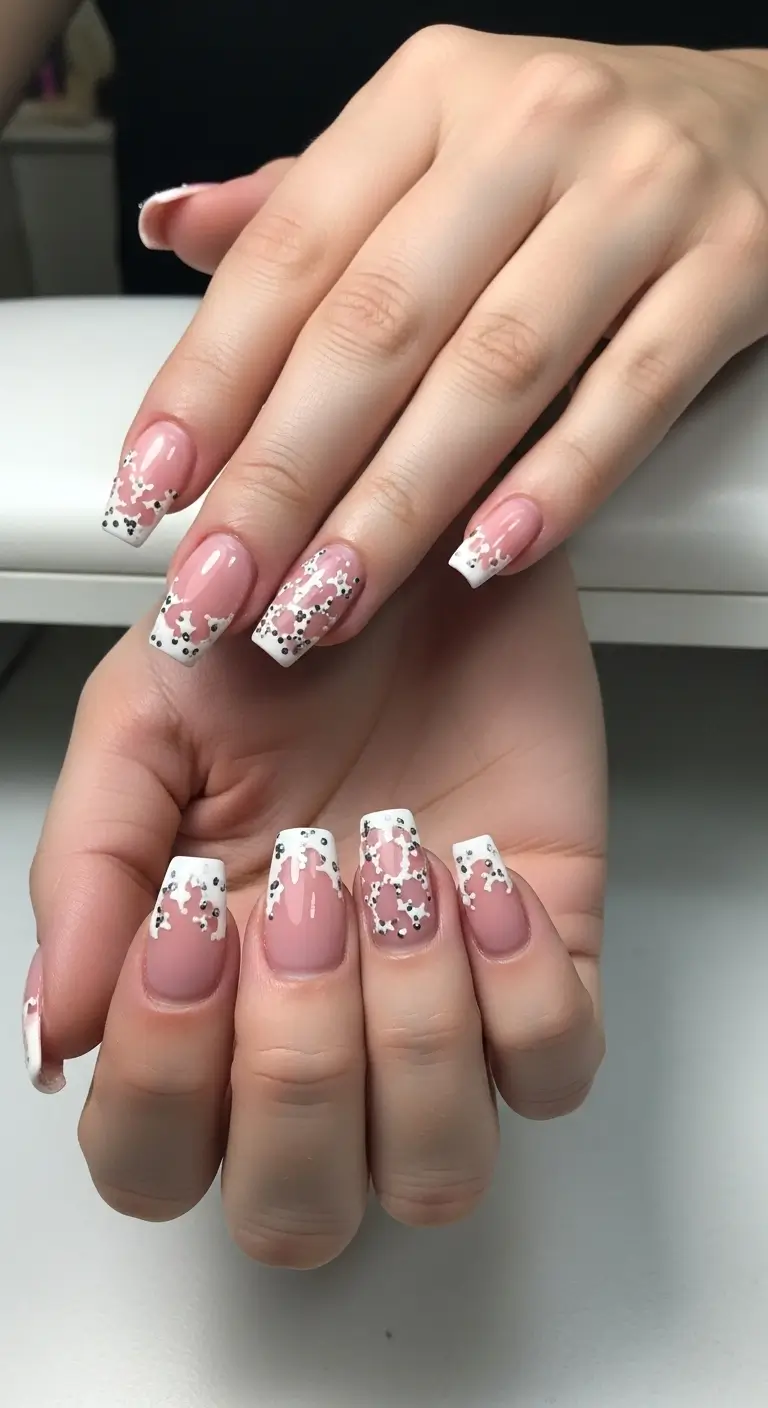
Ultimately, the longevity and health of your natural nails outweigh any temporary cosmetic benefit. If a service compromises your nail integrity, it is not worth it. Prioritize salons that focus on maintaining healthy nails, even if it means slower growth or fewer services. This is a critical truth your Nail Salon Doesn’t Want You to Know if they prioritize profit over client well-being.
Related Posts: Dress at 60: 11 Ultimate Style Tips for Elegant Confidence
Choosing a Reputable Nail Salon
Armed with this knowledge, you can now approach your nail salon visits with a more informed perspective. Finding a reputable salon protects your health and ensures a positive experience.
Look for Cleanliness and Transparency
A truly professional salon maintains visible cleanliness. Floors, workstations, and tools should appear spotless. Technicians should wash their hands before each service. They should open new packages of disposable items. Ask to see their sterilization process or inquire about their hygiene protocols. Transparency indicates a salon prioritizes client safety.
A good salon welcomes your questions about their practices. They do not hide anything. This openness builds trust between the salon and its clients.
Check Licenses and Certifications
Verify that both the salon and individual technicians hold current, visible licenses issued by your state’s cosmetology board. These licenses ensure they meet minimum training and safety standards. Many states also publish inspection reports online. Review these reports for cleanliness and compliance history. This research empowers you.
Certifications for specific techniques or products also indicate expertise. These details show a commitment to professional standards.
Read Reviews and Seek Referrals
Online reviews often provide insights into a salon’s hygiene and service quality. Look for consistent comments about cleanliness, friendly staff, and professional results. Referrals from trusted friends or family members offer valuable personal endorsements.
Consider visiting a salon for a quick, inexpensive service first, like a polish change. This allows you to observe their practices and hygiene standards without a large commitment.
Budgeting for Quality Nail Services
Quality nail services sometimes come with a higher price tag. This reflects the salon’s investment in hygiene, product quality, and technician training. Understanding these factors helps you budget wisely.
Affordable Options: Prioritize Hygiene
Lower-priced salons sometimes compromise on hygiene or product quality. If budget is a concern, focus on finding salons that visibly maintain cleanliness, even if their decor is simple. Bring your own tools to reduce risks. Prioritize basic services over complex, multi-step procedures. This strategy ensures safety within your budget.
Mid-Range Options: Balance Quality and Cost
Mid-range salons often strike a good balance. They offer clean environments, reputable products, and experienced technicians at reasonable prices. These salons often have a steady client base and positive reviews. This level offers good value for regular nail care.
Premium Options: Invest in Expertise and Experience
High-end salons typically provide superior hygiene, advanced techniques, and premium products. Their technicians often have extensive training and experience. You pay for peace of mind, luxurious atmosphere, and lasting results. This option suits those prioritizing top-tier service and comprehensive nail health.
Caring for Your Nails Between Salon Visits
Proper nail care between salon visits enhances your manicure’s longevity and maintains nail health. Your at-home routine plays a significant role in preventing issues.
Moisturize Regularly
Apply cuticle oil daily to keep cuticles soft and nails hydrated. Use a hand cream after washing your hands. Hydrated nails are less prone to breakage and peeling. This simple habit keeps your manicure looking fresh.
Protect Your Nails
Wear gloves when cleaning or washing dishes to protect your nails from harsh chemicals and excessive water exposure. Avoid using your nails as tools to open cans or scrape surfaces. This prevents chips, breaks, and lifting.
Gentle Maintenance
If your nails snag, gently file them in one direction. Avoid picking or peeling off polish or gel, which damages the nail plate. Allow your nails to breathe between gel or acrylic applications. This gives them time to recover.
Latest Innovations in Nail Care
The nail industry continues to innovate, offering new products and techniques that enhance safety, durability, and health. Understanding these advancements helps you make informed choices.
Healthier Product Formulations
Manufacturers increasingly develop “free” polishes. These products avoid harmful chemicals like formaldehyde, toluene, and DBP. Look for 3-free, 5-free, 7-free, or even 10-free labels. These formulations reduce chemical exposure and allergic reactions.
New gel and dip powder systems also offer gentler alternatives. These products prioritize nail health without sacrificing durability.
LED Curing Lamps
LED lamps cure gel polish faster and produce a different light spectrum than traditional UV lamps. While both emit light, LED lamps generally pose a lower theoretical risk of UV exposure. Many salons now use LED technology. This provides faster and potentially safer curing.
Disposable and Single-Use Tools
The shift towards disposable or single-use tools gains traction. This includes individually packaged files, buffers, and pumice stones. These eliminate the risk of cross-contamination. Many reputable salons now adopt these practices. This provides peace of mind regarding hygiene.
Making Your Final Decision About Your Nail Salon
Choosing the right nail salon involves careful consideration. Focus on finding a place that aligns with your priorities for hygiene, quality, and service.
Prioritize hygiene above all else. A clean environment and sterilized tools are non-negotiable. Do not hesitate to ask questions or leave a salon if you feel uncomfortable with their practices. Your health is not worth compromising.
Consider the quality of products used. Research brands and ingredients. High-quality products generally provide better results and cause less damage to your nails.
Remember, the best nail salon is one that empowers you. It provides a safe, comfortable, and satisfying experience. When you find a salon that meets these standards, you can enjoy your beautiful nails with confidence.
Empower Your Nail Salon Visits
Understanding these 24 things your Nail Salon Doesn’t Want You to Know empowers you as a consumer. This knowledge allows you to make informed decisions about where you receive services and what questions you ask.
Take time to observe. Inquire about their practices. Prioritize your nail health and overall well-being. Remember that a professional salon welcomes your questions and strives for transparency.
As you continue your nail care journey, remain vigilant. Stay informed about best practices in the industry. Your ability to choose wisely ensures you receive safe, high-quality, and enjoyable nail services.
By applying these insights, you transform your nail salon visits. You make them a positive experience. Enjoy your beautiful, healthy nails, confident in your choices.
Frequently Asked Questions About What Your Nail Salon Doesn’t Want You to Know
How can I tell if a nail salon is truly clean?
Look for visible cleanliness of floors, workstations, and tools. Technicians should wash their hands before each service and open new, packaged disposable items. Ask about their sterilization methods for metal tools. A clean salon is transparent about its hygiene practices.
Is it safe to get acrylic or gel nails?
Acrylic and gel nails are safe if applied and removed properly by a trained technician. Improper application or removal damages natural nails. Ensure your salon uses gentle techniques, especially when filing or soaking off product. Prioritize nail health.
Should I bring my own tools to the nail salon?
Yes, you can bring your own tools like files, buffers, and clippers. This is a good way to ensure hygiene. Most reputable salons will respect this choice. This reduces the risk of cross-contamination from reusable tools.
What should I do if I suspect unsanitary conditions?
If you suspect unsanitary conditions, you have the right to leave the salon. You can also report your concerns to your state’s cosmetology board or local health department. Your safety and health are paramount.
Do UV lamps cause skin cancer?
UV lamps used for curing gel polish emit UV radiation, which contributes to skin aging and potentially increases skin cancer risk over time. While individual exposure is low, cumulative exposure adds up. Consider wearing fingerless UV protection gloves or choosing salons that use LED curing lamps.




